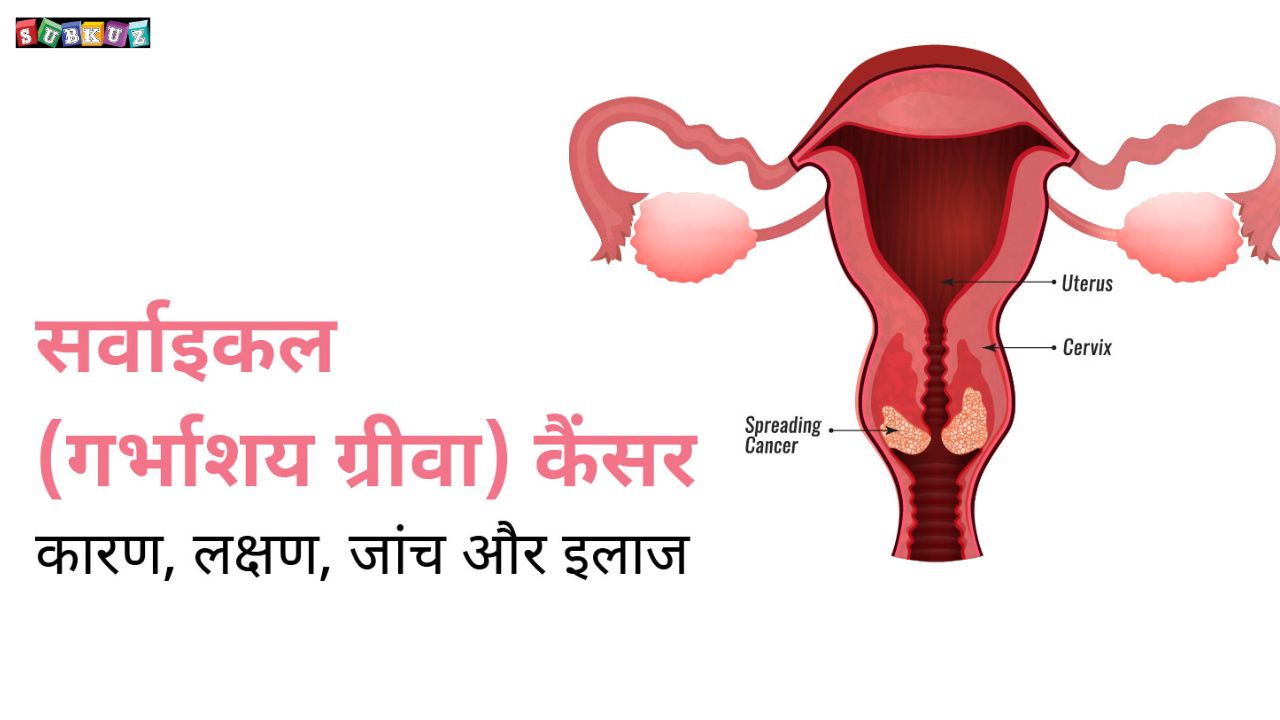Cervical Cancer: Symptoms, Causes, and Solutions
Cervical cancer is a type of cancer that develops in the cells of the cervix, the lower part of the uterus that connects to the vagina. Certain strains of the human papillomavirus (HPV), primarily transmitted through sexual contact, play a role in the development of cervical cancer at the cervix-vagina junction.
Cervical cancer is a significant cause of cancer and cancer-related deaths in women worldwide. In India, it is a crucial public health concern, but organized screening programs are expected to improve this situation. Let's delve deeper into cervical cancer in this article.
What Causes Cervical Cancer?
The cause of cervical cancer lies in the abnormal cell growth within the cervical tissues. Often, this is triggered by the human papillomavirus (HPV). Additionally, factors such as smoking, multiple pregnancies, and multiple sexual partners contribute to the condition.
Cervical cancer begins when healthy cells at the junction of the cervix and vagina undergo changes in the transformation zone, leading to abnormalities. These changes disrupt the normal cell cycle, allowing them to multiply and grow uncontrollably. Over time, the altered cells develop their own characteristics, forming a cluster of abnormal cells known as a tumor. Cancer cells can invade surrounding tissues and spread throughout the body, leading to the various complications associated with cervical cancer. Numerous risk factors contribute to cervical cancer, outlined below.
Human Papillomavirus (HPV)
The most common cause of cervical cancer is infection with the human papillomavirus (HPV). There are over 150 different types of HPV, categorized into two groups. Low-risk HPV poses a lower risk of developing cancer, whereas high-risk HPV is associated with a higher risk.
High-risk HPV, considered a causative agent of cancer, significantly increases the risk of developing the disease. Over 99.7% of cervical cancer patients test positive for high-risk HPV. In individuals infected with HPV, growths may develop on the genitals, sometimes without any symptoms. While approximately 90% of HPV infections in immunocompetent women resolve spontaneously within two years, the real risk lies in persistent infection, which occurs in approximately 10% of immunocompetent women infected with HPV. This percentage is even higher in those with compromised immune systems.

Other Risk Factors for Cervical Cancer:
- Early sexual activity, before the age of 17.
- Having multiple sexual partners.
- Other sexually transmitted infections, such as HIV, herpes, and chlamydia.
- Having multiple children (more than three).
- Immunosuppressed individuals (those using HIV medication or steroids).
- Poor genital hygiene.
- Increasing age, with a higher risk after 30.
- Long-term use of oral contraceptives (more than five years).
- Smoking.
Symptoms
Cervical cancer in its early stages typically presents with mild or very subtle symptoms. Most symptoms manifest in later stages. These include unusual vaginal bleeding, such as bleeding during intercourse or while using tampons. Other symptoms can include pain during intercourse, bloody or foul-smelling vaginal discharge, pelvic or leg pain, fatigue, weight loss, and loss of appetite.
Diagnosis
Early diagnosis of cervical cancer is crucial because it is more easily treatable in its early stages. Treatment becomes more challenging in later stages, and consequently, a woman's life expectancy can be reduced by approximately five years.
Regular gynecological checkups are the primary method for diagnosing cervical cancer.
The Pap smear, commonly known as the Pap test, is currently the best available diagnostic method. To collect cervical cells, doctors use a brush inserted into the vagina.
Note: The information above is based on publicly available information and social beliefs. subkuz.com does not verify its accuracy. Consult with a specialist before using any prescription.
```










